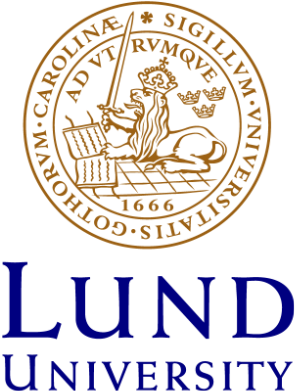Aug
CogSeminar: "Investigating metaphor, metonymy and synecdoche beyond language: A novel identification procedure" (Dee Wu, Sun Yat-sen University; Jordan Zlatev, LU)
In this first Cognitive Semiotics Seminar (aka CogSeminar) for the Fall semester, Dee and I will present recent work, developing our previous research on the interaction of metaphor with metonymy and synecdoche in political cartoons - with a new sample of data, and a new identification procedure. Dee will present online from China, but we will be in the usual H402 for discussion. Welcome in from 15:00 for warm up, news and introductions of new visitors!
Much attention has been paid to metaphor and metonymy in the field of cognitive linguistics in the past decades, also proposing a number of different “identification procedures” for establishing particular expressions of these figures. However, the “conceptual turn” in the field had led to a sort of inflation, making it nearly impossible to identify actual metaphors and, especially, metonymies (Brdar-Szabó & Brdar 2022). This is even more so when moving beyond the semiotic system of language to media and genres like advertisements, cartoons and film, based on polysemiosis crucially involving depiction. On the other hand, since metaphor and metonymy – as well as synecdoche - are closely interpenetrating phenomena, any efficient identification procedure for these figures should account for their interactions.
Semiotics helps redress this situation by emphasizing that metaphor and metonymy are above all signs, with expressions in one semiotic system or another, and thus not something only “in the mind”. Further, with the help of cognitive semiotics, we apply a methodology with a high degree of translation validity, i.e., the mapping between theoretical constructs and operational definitions (e.g., Zlatev & Moskaluk 2022). Following the theoretical definition of metaphor and metonymy proposed by Zlatev (2024), and extending it to synecdoche, we propose a novel identification procedure for the three figures, and the interaction between them and apply it to a sample of Chinese cartoons on the topic of environment and pollution. Our novel dentification procedure for pictorial metaphor, metonymy, and synecdoche was reliable, and arguably with good translation validity. The analysis led to a number of tentative generalizations: (a) The most common figures where metaphor and metonymy, with much fewer cases of synecdoche. (b) Most images involved two or more different figures and were thus polyfigural, (c) of these, the most common combination was metaphor and metonymy, (d) metaphor tends to both construct metaphorical chains and interact with metonymies, (e) metonymy tends to construct metonymic chains, while (e) synecdoche interacts the least with the other figures.
Brdar-Szabó, R., & Brdar, M. (2022). Metonymy in multimodal discourse, or how metonymies get piggybacked across modalities by other metonymies and metaphors. In A. Bagasheva & B. Hristov (Eds.), Figurativity and human ecology (pp. 209–249). Amsterdam: John Benjamins.
Zlatev, J. (2024). Constraining metaphor and metonymy in language and depiction: A cognitive semiotics approach. Studies in Logic, Grammar and Rhetoric, 60(1), 7–29.
Zlatev, J., & Moskaluk, K. (2022). Translation validity in metaphor theories CMT, DMT and the Motivation & Sedimentation Model. In A. Bagasheva, B. Hristov, & N. Tincheva (Eds.), Figurative thought and language (pp. 123–148). Amsterdam: John Benjamins.
About the event:
Location: IRL: room H402, online: https://lu-se.zoom.us/j/61502831303
Contact: jordan.zlatevsemiotik.luse
